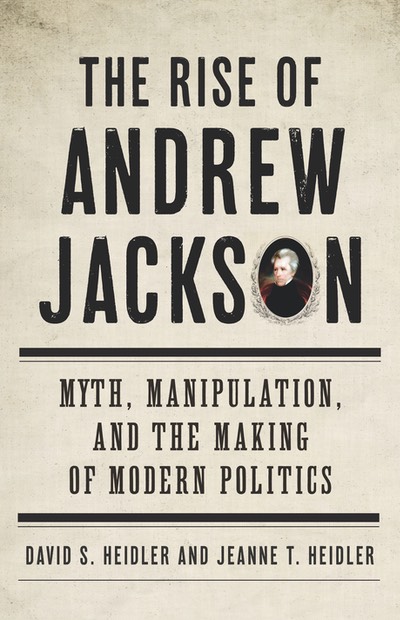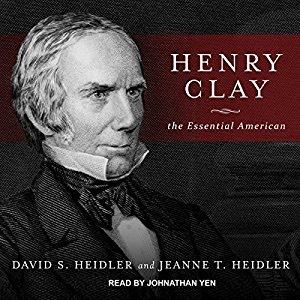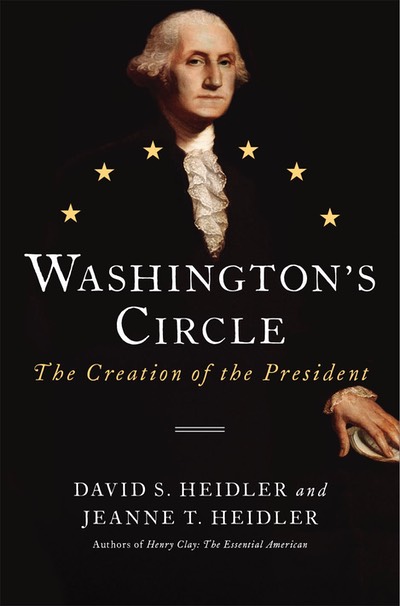Walter Lord’s Incredible Victory has the story of Mike Brazier, the rear-seat man on a torpedo plane from the carrier Yorktown. In the battle of Midway, he and pilot Bill Esders were among the fliers who attacked Japanese carriers while knowing that their fuel was likely to be insufficient for the distance to and from their targets. Having made their run under heavy enemy fire, Esders finally had to the ditch his spent and damaged plane miles short of the Yorktown in the rolling Pacific. Only then did he make a grim discovery.
Whether we survey the frozen huts of Valley Forge in the American Revolution, the fetid jungles of the South Pacific in World War II, the desert sands of the Middle East in this our time, or all the places and times in the world throughout and in between where Americans have fought, we regard those Americans in uniform with appreciation and ask in admiration, “Where do such people come from?”
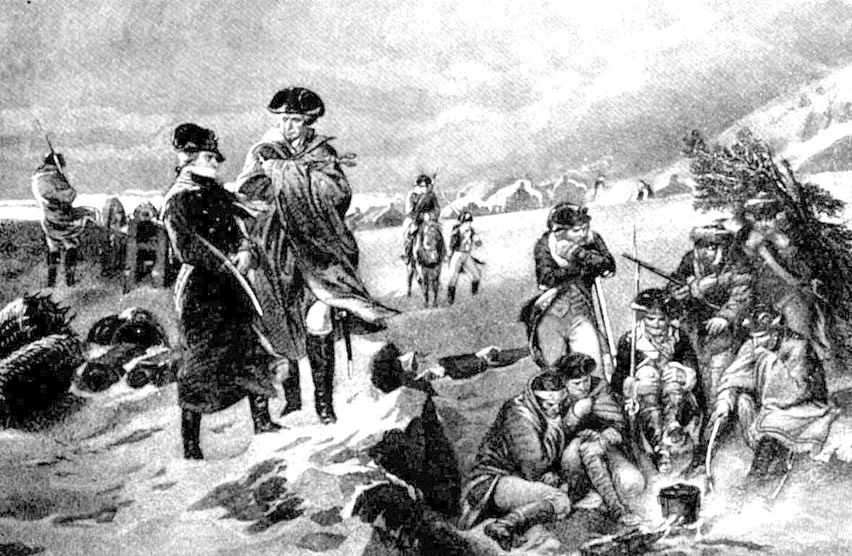
Winter Quarters, Valley Forge, 1777
Well, physically they come from the coasts and the heartland, from small hamlets and sprawling cities, from broad prairies and breezy lake shores. They come from backgrounds as varied as the land they represent, as complex as the diversity of their faiths and ethnicity, all defined first by their being Americans and then by their willingness to serve their country, even to the point of giving what Lincoln called “the last full measure of devotion.”
Active duty is a thankless life. Parades of appreciation and gestures of gratitude are rare when they occur at all. Being far from home means conquering the drudgery of routine as well as facing the terrors of combat, and it’s easy to lose sight of being at the heart of an enormous enterprise engaged in a grand undertaking. Bad food, disease, haphazardly treated wounds, and chronic longing for loved ones can obscure everything, especially as these universal afflictions drag on through long stretches of loneliness and monotony, which are then punctuated by interludes of horrific violence that can scar even those who escape physical injury. Courage, humor, and pride see them through. And from the ordinary person of whom we ask extraordinary things spring deeds of fortitude and resolve that humble us all, we the beneficiaries of the freedom protected and preserved by the people on lonely duty in perilous places.
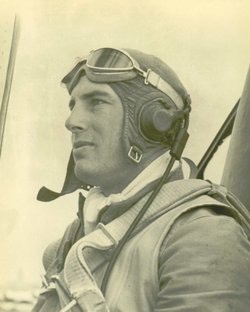
Wilhelm “Bill” Esders
As was Mike Brazier in June 1942. Only after Esders had ditched the plane did he see that Brazier had been shot to pieces over their target. As Esder’s had pointed the plane back in the direction of safety, Brazier had soundlessly struggled to change the coils in the radio, a necessary procedure to guide them toward the Yorktown. "When I removed Mike from the aircraft,” Esders recalled, "I could see the large bones in each leg as I got him into the rubber raft. Of course, he bled to death. Yet this young man was still able to talk to me in the raft, expressing how badly he felt that he wasn't able to perform better or longer."
Imagine. In the life raft as he died, Mike Brazier never complained. He talked of his family and how hard it had been to leave home, but he did not complain. Instead, he apologized that he could not be of more help.
In the great, roiling cauldron of the Second World War, here was the archetype of the American soldier: uncomplaining while dying far from home in the middle of nowhere, worried at the last that he had not done his part.
Memorial Day is when we take time to recall with thanks that sort of courage, that kind of oblation, but we should remind ourselves every day that we sleep without fear at night because they did not sleep at all, that we are safe at sunrise because they stood vigil during countless dawns. And because we can never more than dimly comprehend the real answer to the more than rhetorical question, we should always ask in humility and with gratitude, “Where do such people come from?”
